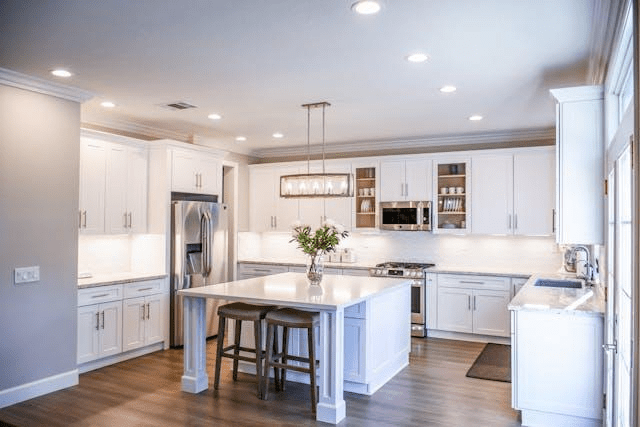In the world of interior design, color isn’t just about aesthetics, it’s a powerful tool that can influence mood, emotions, and even behavior. Understanding the psychology behind color can help you create spaces that are not only visually appealing but also conducive to your desired atmosphere. Let’s delve into the fascinating realm of color psychology and discover how you can leverage it to enhance your home decor.
Color psychology is the study of how colors affect human behavior and perception. Different colors evoke distinct emotions and can have varying impacts on mood and well-being. By strategically incorporating colors into your home decor, you can create environments that promote relaxation, productivity, creativity, or intimacy.
Choosing the Right Colors
Before diving into color selection, it’s essential to consider the function and purpose of each room in your home. For instance, warm, inviting colors like reds, oranges, and yellows are ideal for communal spaces like the living room or dining area, as they encourage social interaction and conversation. In contrast, cooler tones such as blues and greens are better suited for bedrooms or home offices, promoting a sense of calm and concentration.
Understanding Color Associations
Colors are often associated with specific meanings and emotions, both culturally and psychologically. For example:
- Blue: Symbolizing serenity and tranquility, blue is known to lower blood pressure and reduce stress. It’s an excellent choice for bedrooms and bathrooms, fostering a sense of relaxation and peace.
- Red: Associated with energy and passion, red can stimulate the senses and increase heart rate. While it’s not typically recommended for bedrooms due to its invigorating effect, it can add warmth and vibrancy to dining areas or kitchens.
- Green: Representing nature and growth, green has a calming and refreshing effect. It’s well-suited for spaces where you want to promote harmony and balance, such as bedrooms or meditation rooms.
- Yellow: Radiating warmth and optimism, yellow can evoke feelings of happiness and positivity. It’s an excellent choice for kitchens, breakfast nooks, or home offices, where you want to encourage creativity and productivity.
Creating Harmonious Color Schemes
While it’s essential to choose colors that align with the desired ambiance of each room, creating a cohesive color scheme throughout your home is equally important. Harmonious color combinations can tie different spaces together and create a sense of flow and continuity. You can achieve this by:
- Using a Color Wheel: Utilize the color wheel to identify complementary or analogous color schemes that work well together. Complementary colors are opposite each other on the wheel (e.g., blue and orange), while analogous colors are adjacent to each other (e.g., blue, green, and teal).
- Considering Contrast: Incorporating elements of contrast, such as pairing light and dark shades or incorporating accent colors, can add visual interest and depth to your decor.
- Balancing Neutrals: Neutrals like white, beige, or gray can serve as a versatile backdrop, allowing colorful accents to stand out while maintaining a sense of balance and sophistication.
Conclusion
By harnessing the power of color psychology, you can transform your home into a haven that not only delights the eyes but also nurtures the mind and spirit. Whether you’re aiming to create a cozy retreat, a vibrant gathering space, or a serene sanctuary, thoughtful color choices can make all the difference in shaping the atmosphere of your home. So, the next time you embark on a decorating journey, remember to consider the psychological impact of color and let it guide you towards creating spaces that resonate with your desired emotions and experiences.

As the editor of the blog, She curate insightful content that sparks curiosity and fosters learning. With a passion for storytelling and a keen eye for detail, she strive to bring diverse perspectives and engaging narratives to readers, ensuring every piece informs, inspires, and enriches.










